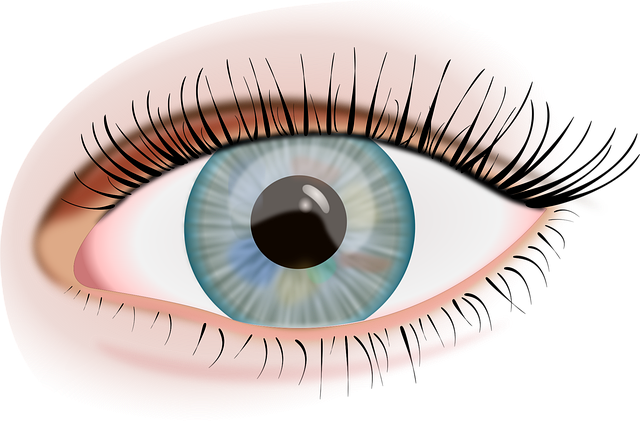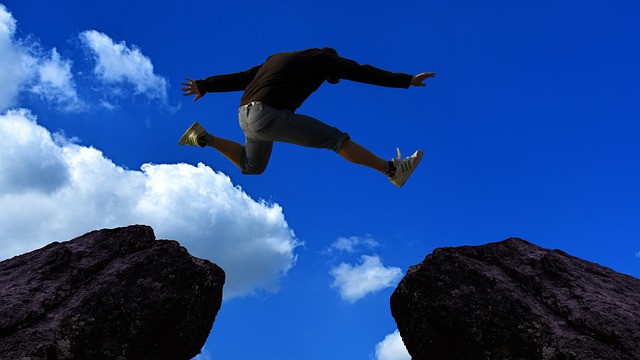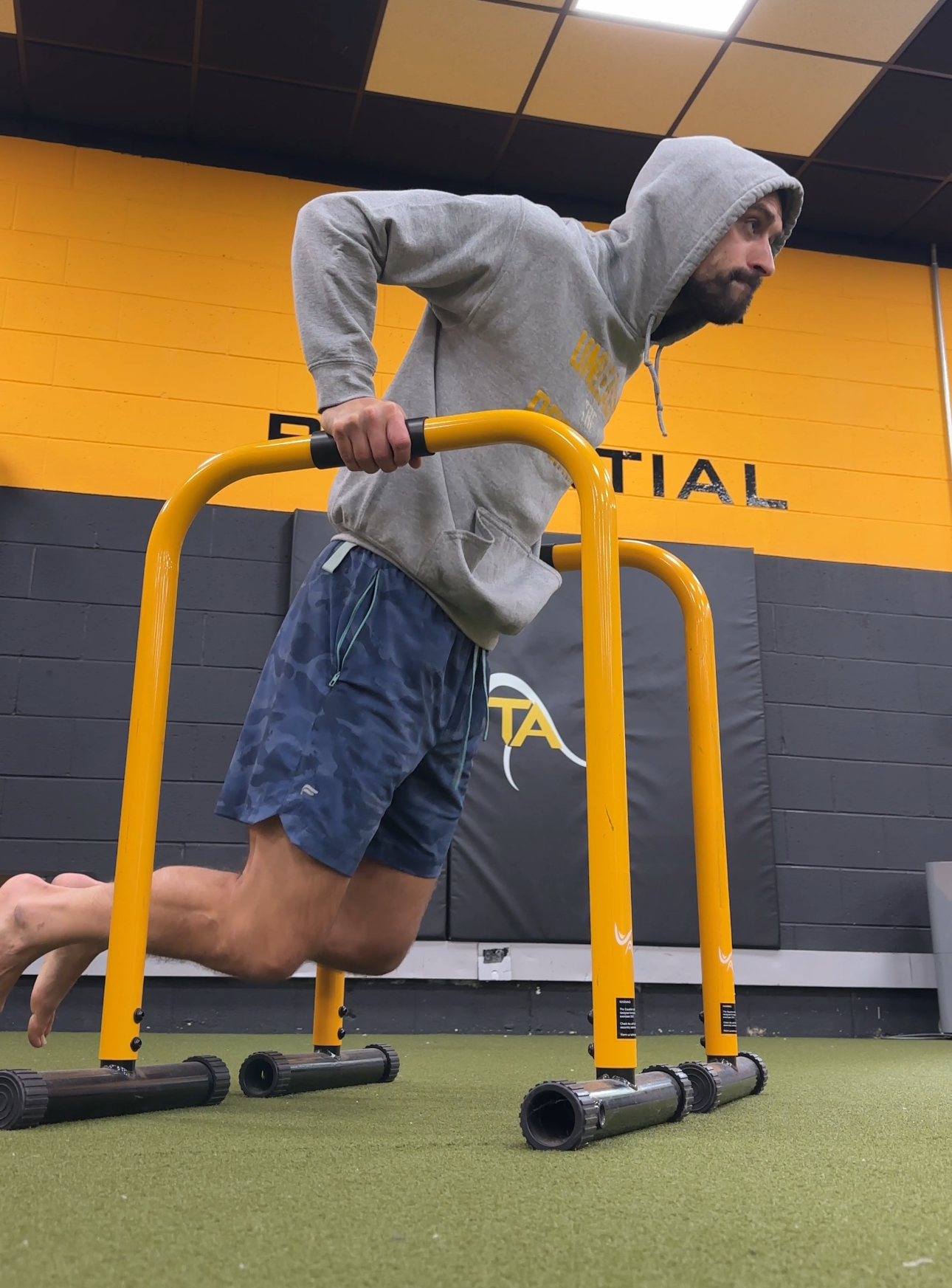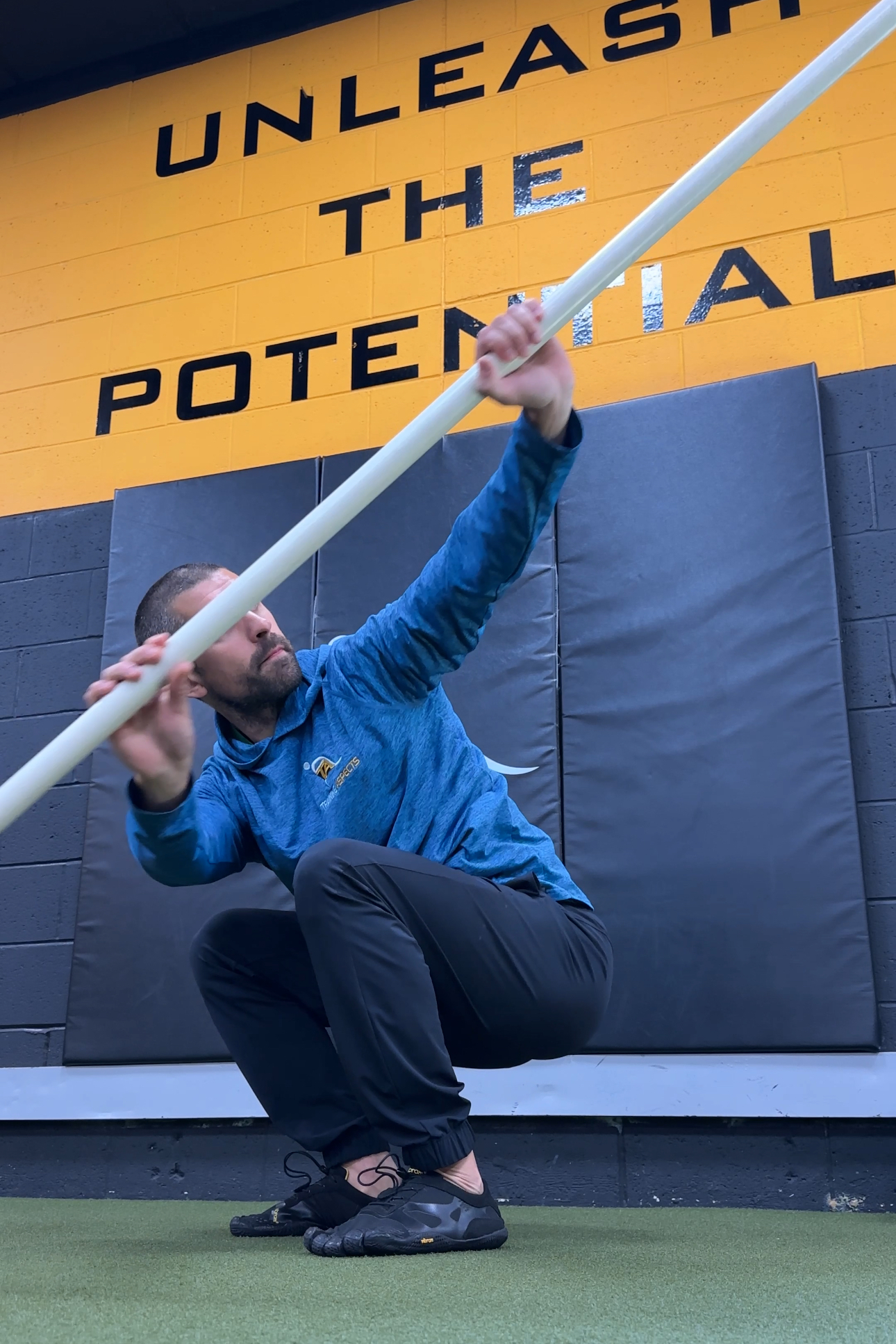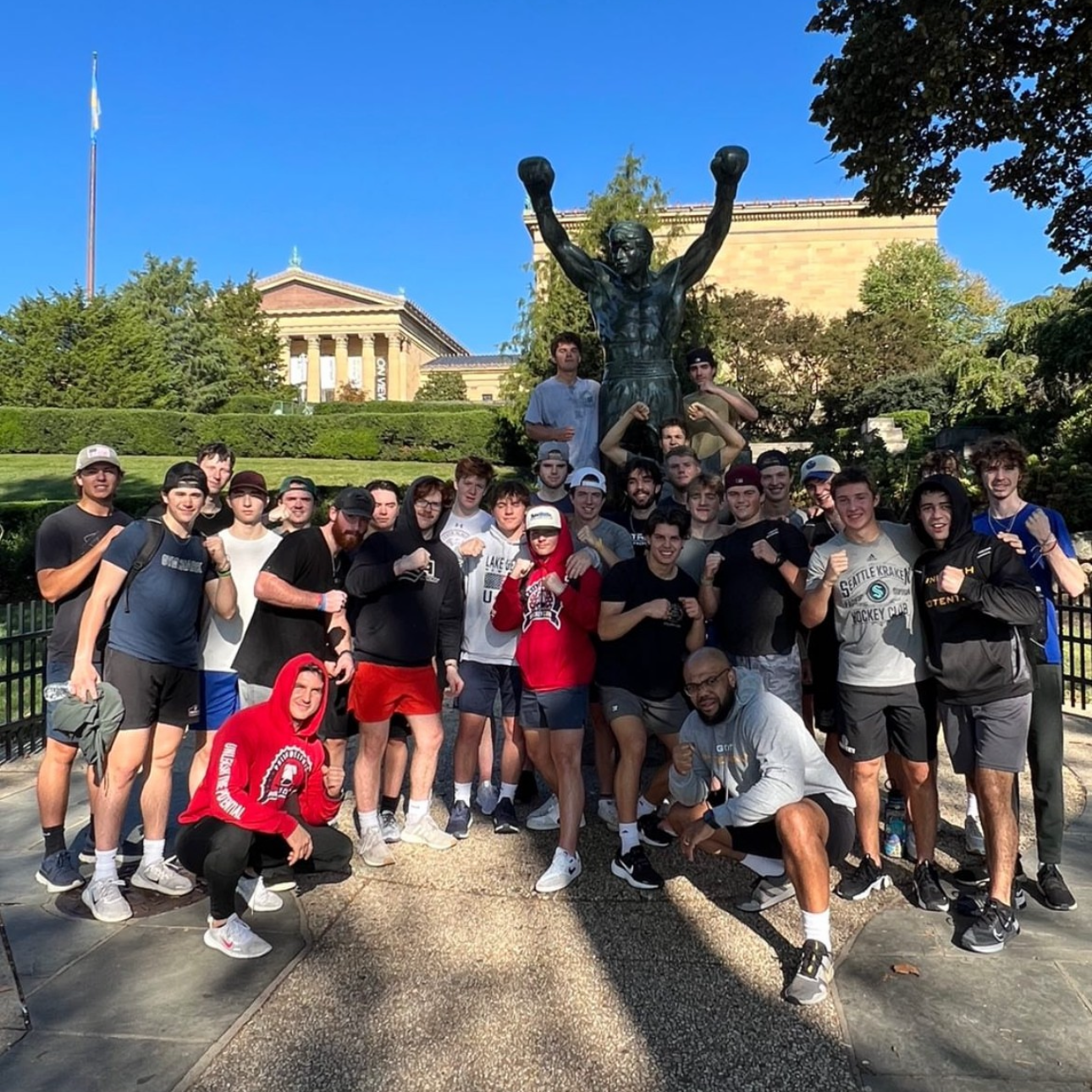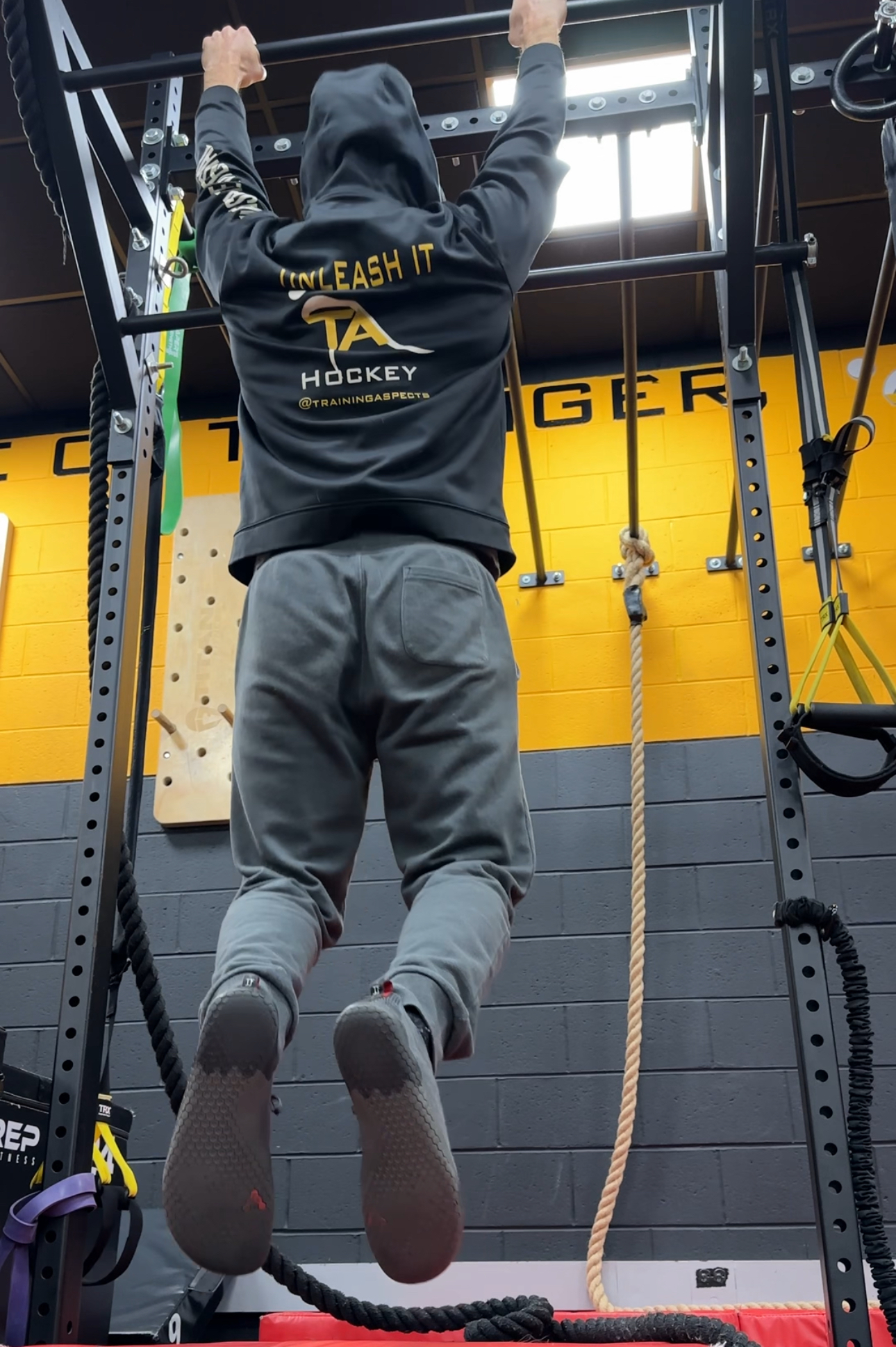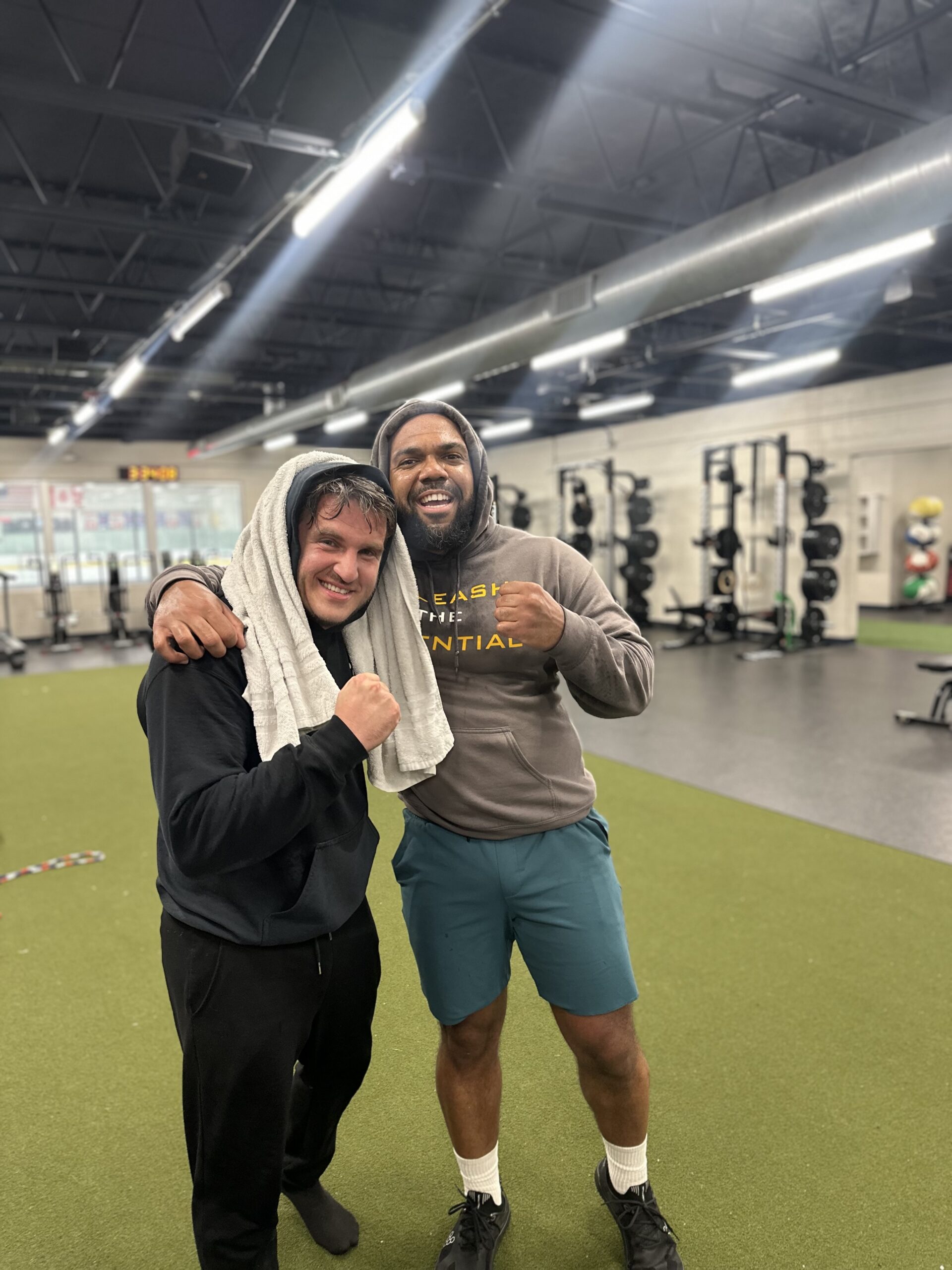Personal trainer tips
-
 Cherry Hill sports performance, Hockey Performance, Personal trainer tips, Sports performance
Cherry Hill sports performance, Hockey Performance, Personal trainer tips, Sports performanceIntentionally Learn to Perform Better at Your Sport…Fast!
Intentionally Learn to Perform Better at Your Sport…Fast! We’ve all been there, continually trying to get better at something but it seems like the same mistakes keep happening and we just can’t figure out how to get better and take that next step up on the performance ladder! Sound Familiar? It’s extremely common and it’s…
Jostr1 -
 Assess Your Goals, Hockey Performance, Personal trainer tips, Sports performance
Assess Your Goals, Hockey Performance, Personal trainer tips, Sports performance3 great drills athletes can do for the eyes Being an athlete isn’t just about the hours you spend on the field, ice, or gym floor. Downtime, sitting in the car ( as long as you’re not the one driving) on the way to practice or a game, can be a hidden window to sharpen…
Kirill Vaks -
 Cherry Hill sports performance, Hockey Performance, Personal trainer tips, Sports performance
Cherry Hill sports performance, Hockey Performance, Personal trainer tips, Sports performanceKnow When to Readjust Your Performance Goals!
Know When to Readjust Your Performance Goals! Recently we have been creating 6 week challenges where we create goals that we want to progress at and that will improve strength, endurance and willpower while creating great habits! The first 6 weeks went great, I crushed it every week! Although the challenge was definitely tough, the…
Jostr1 -
 Assess Your Goals, Cherry Hill sports performance, Fitness, Hockey Performance, Personal trainer tips, Sports performance
Assess Your Goals, Cherry Hill sports performance, Fitness, Hockey Performance, Personal trainer tips, Sports performance3 ways to eat healthier on a sports road trip
3 Ways to Be Healthier on Sports Road Trips September is an exciting time! sports road trips are on the rise and will stay strong for the next 4-6 months. If you’re a parent, keeping kids healthy (and avoiding inflated prices on the road) is the goal. Here are three ways to make it happen:…
Kirill Vaks -
 Cherry Hill sports performance, Hockey Performance, Personal trainer tips, Sports performance
Cherry Hill sports performance, Hockey Performance, Personal trainer tips, Sports performanceTop 3 Exercises to Master Your First Muscle Up
Top 3 Exercises to Master Your First Muscle Up A muscle up is no easy feat! It can take time and careful planning to understand how to do one and ultimately master it! Luckily we’ll save you some time and show you the top 3 exercises that will get you closer to doing your first…
Jostr1 -
 Assess Your Goals, Cherry Hill sports performance, Hockey Performance, Personal trainer tips, Sports performance
Assess Your Goals, Cherry Hill sports performance, Hockey Performance, Personal trainer tips, Sports performanceGet back in shape, the story most often heard.
The aging athlete, getting back into shape The story most personal trainers hear: “There was a time when lacing up for a game or hitting the gym was automatic. Lean, fast, and always ready to compete. Training wasn’t something to schedule, it was a way of life. But then life itself shifted. Work got demanding,…
Kirill Vaks -
 Cherry Hill sports performance, Hockey Performance, Personal trainer tips, Sports performance, Uncategorized
Cherry Hill sports performance, Hockey Performance, Personal trainer tips, Sports performance, UncategorizedTop 5 Training “Aspects” for Elite Sports Performance
Top 5 Training “Aspects” for Elite Sports Performance Everyone is looking for the best new way to train out there, but what if it wasn’t something new that was the answer but the most important aspects done right?! There are tons of ways to train but the most effective is what we should be focusing…
Jostr1 -
 Fit and healthy, Personal trainer tips
Fit and healthy, Personal trainer tipsHow to Live a Self Fulfilled Lifestyle: 3 Actionable Steps for Growth & Balance
Creating and living a self fulfilled lifestyle isn’t about chasing perfection or living up to someone else’s idea of success. It’s about creating habits and practices that make you feel purposeful and balanced in your own life. Whether it’s in training, career, or personal growth, fulfillment is built through intentional choices. Here are three actionable…
Dan Aquino -
 Cherry Hill sports performance, Hockey Performance, Personal trainer tips, Sports performance
Cherry Hill sports performance, Hockey Performance, Personal trainer tips, Sports performanceTop 3 Exercises for Sports Longevity
Top 3 Exercises for Sports Longevity Everyone is looking for the secrets to sports longevity! How can you stay healthy and not only enjoy the sport you love but also potentially make a long career out of it? We all want to be the next Tom Brady when it comes to longevity but what’s the…
Jostr1 -
 Assess Your Goals, Fit and healthy, Fitness, Hockey Performance, Personal trainer tips, Sports performance, Weight Loss
Assess Your Goals, Fit and healthy, Fitness, Hockey Performance, Personal trainer tips, Sports performance, Weight LossElite athletes vs the wannabe elite athletes
Elite Athlete vs. Wannabe Elite Athlete So many athletes have talent and have seen success in their leagues, but what separates the elite athletes who make it from the wannabes? Yes, skill plays a big part of the equation but work ethic, dedication, and consistency play an even bigger role. Here are five big differences:…
Kirill Vaks -
 Cherry Hill sports performance, Hockey Performance, Personal trainer tips, Sports performance
Cherry Hill sports performance, Hockey Performance, Personal trainer tips, Sports performanceTop 3 Exercises to Bulletproof your Shoulders
Top 3 Exercises to Bulletproof your Shoulders The shoulders can sometimes be an overlooked joint for proper mobility and end range strengthening. Everyone works the chest, arms and maybe does the occasional shoulder press, but are you maximizing your shoulders mobility and end range strength? Likely not. We’ll break down our top 3 shoulder exercies…
Jostr1 -
 Assess Your Goals, Cherry Hill sports performance, Hockey Performance, Personal trainer tips
Assess Your Goals, Cherry Hill sports performance, Hockey Performance, Personal trainer tips5 things to switch from off season training to in season game time!
5 Great ways to win changing from off season to the in season! As athletes move from the freedom of summer into the structure of fall, everything shifts no more sleeping in, full days of school, practice times, homework, some type of personal life, and weekends filled with games and travel. For hockey players and…
Kirill Vaks

